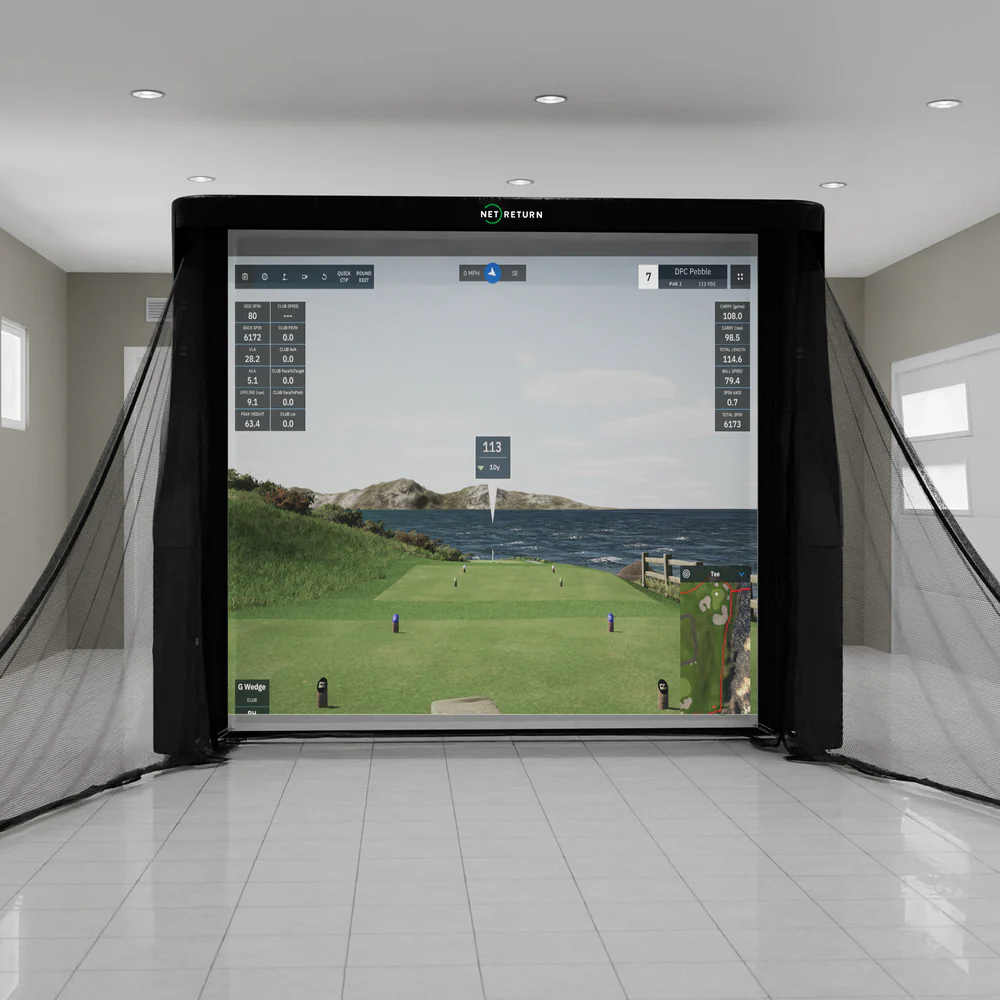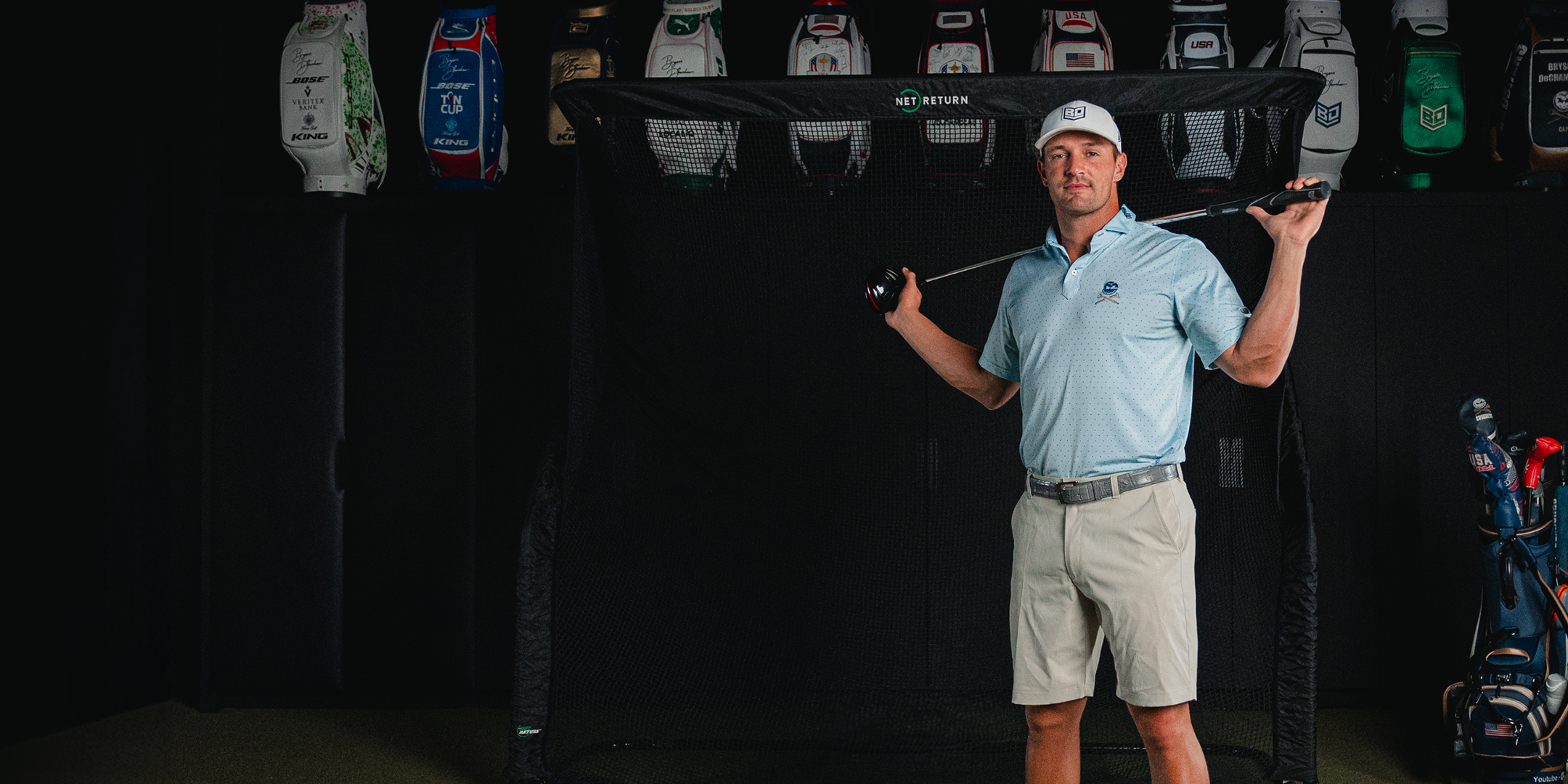Creating a home golf simulator is one of the best investments a golfer can make. Whether you're looking to improve your swing year-round, save on driving range costs, or just bring the game you love into your home, a well-designed simulator setup can deliver a premium practice experience. Let’s break down what it takes to build the ultimate indoor golf setup that fits your space, goals, and budget.
Assess Your Space First
Before investing in any equipment, the first and most critical step is understanding your available space. Golf simulators require specific dimensions to ensure safety, comfort, and accuracy. Ideally, aim for a space that is at least 10 feet wide, 10 feet deep, and 9 feet high. Ceilings that are too low can limit swing motion—especially with drivers—so if you’re working with limited height, adjust your expectations to focus on irons or short game.
Garages, basements, bonus rooms, and even spare bedrooms can all be converted into practice-ready zones. Just make sure you account for lighting, flooring, and electrical outlets for any simulator technology you plan to install.
Choose the Right Golf Nets or Enclosures
The net or enclosure is the core of any safe and realistic simulator. It needs to stop golf balls at full speed while maintaining durability and rebound control. Look for a net system that’s built for repeated use with real golf balls—ideally with multi-layered netting and a frame that is both lightweight and rugged.
Modular designs are a big plus. These allow for easy setup, takedown, or portability, and they offer the flexibility to be moved or upgraded as your simulator evolves. Enclosures with integrated side barriers or screens add another layer of protection, especially in tight spaces.
Pick the Right Hitting Mat
Your mat should simulate the feel of real turf while protecting your joints. Look for commercial-grade hitting mats that offer true feedback on fat or thin shots, and don’t skimp on size—larger mats give you more freedom and a better stance, especially if you’re planning to hit with the driver.
Some mats also come with replaceable hitting inserts, which can save money over time if you're a frequent user.
Simulator Tech: Projector, Launch Monitor, and Software
This is where the magic happens. The launch monitor is the heart of your simulator—it tracks ball speed, spin, launch angle, and shot shape. There’s a wide range of options, from budget-friendly radar-based systems to high-end camera-based launch monitors used by professionals.
Pairing your launch monitor with a golf simulator software platform gives you access to full virtual courses, swing analysis tools, and realistic driving ranges. Some popular platforms include E6 Connect, TGC 2019, and GSPro. Most of these are compatible with both Windows and iOS, so make sure your computer or tablet can support the software before purchasing.
If you want a full visual experience, add a short-throw projector and a quality impact screen. This transforms your space into an immersive, full-course golf environment.
Control Lighting and Ambience
Good lighting enhances both the simulator visuals and your ability to focus. Avoid overhead lighting that casts shadows—use directional or ambient LED lighting placed off to the sides or behind the hitting area.
Consider installing blackout curtains or blinds if your room has windows. This not only improves visibility on the screen but also creates a dedicated, distraction-free practice zone.
Add Comfort Features for Longer Practice Sessions
Little details can make a big difference. Add a standing mat for comfort, a club rack or organizer, and a small monitor or tablet stand to track swing data. Some golfers even go the extra mile with mini-fridges, Bluetooth speakers, or seating areas for guests.
The more inviting your space, the more likely you’ll use it consistently—and that’s what leads to real improvement.
Keep Safety Top of Mind
A home simulator should be fun and functional—but safety is non-negotiable. Always double-check that your hitting zone is clear, especially if children or pets are nearby. Install ceiling protection and wall padding, or side nets if you’re swinging drivers near walls or corners. It only takes one mishit to cause costly damage.
Proper flooring also plays a role. Rubber tiles or padded turf help absorb shock and reduce the risk of slippage during your swing.
Optimize Your Setup for Practice Goals
Are you trying to groove a consistent swing? Improve your short game? Or simulate full rounds with friends? Clarifying your goals helps prioritize what gear and tech features matter most.
For instance, if you're focused on game improvement, invest more in launch data and swing tracking. If you're building for entertainment, prioritize visuals and multiplayer software.
Start Simple and Scale Over Time
You don’t need to go all-in on day one. Many golfers start with a quality net, a hitting mat, and a launch monitor, then add screens, projectors, or enclosure upgrades later. The key is building a setup that works for your lifestyle now—with room to grow as your skills and ambitions expand. Our golf nets are fully compatible with simulator add-ons like side barriers, impact screens, and projector mounts—making it easy to evolve your setup over time.Explore simulator-ready add-ons here.
Whether you’re working with a spare bedroom or a full garage, the best simulator is one that gets used often. Focus on quality, safety, and fun—and you’ll see the benefits in your scorecard and your confidence.
Ready to Build Your Dream Simulator?
If you're ready to turn your space into a true training ground, it starts with the right net system. Explore our pro-grade golf nets engineered for high-performance indoor setups and start hitting with confidence—right from your home.





